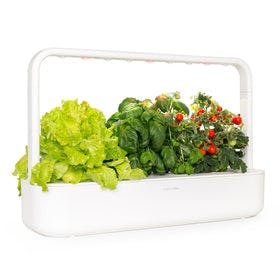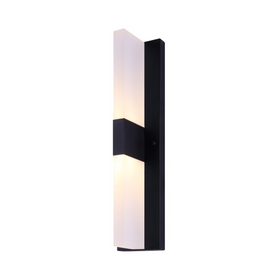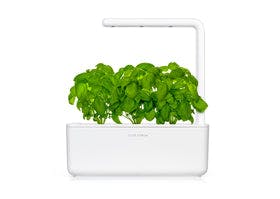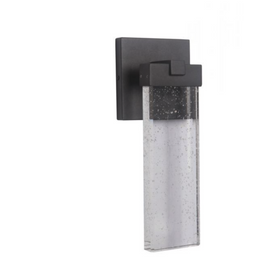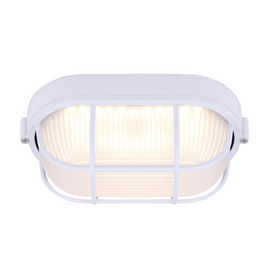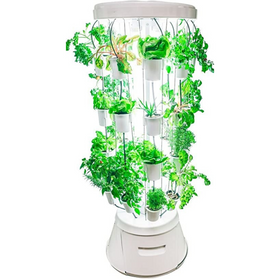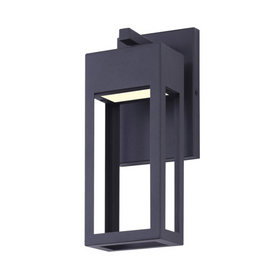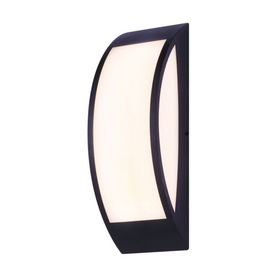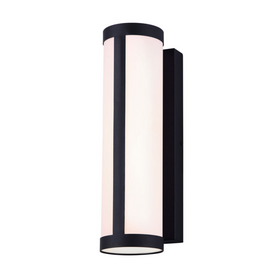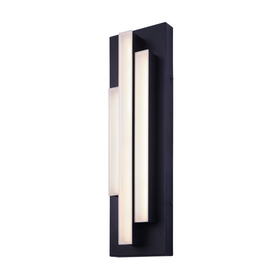
Green Roof Guide - Pros, Cons & Cost
Last Updated: Apr 9, 2025Here at Rise, we write a multitude of sustainable home features. However, only one offers year-round beauty that changes with the seasons, decreases your home's heating and cooling needs, filters and reduces stormwater runoff, and attracts pollinators, and enhances the durability of your home: a green roof.
Table of Contents
- What is a Green Roof?
- What is an Intensive Green Roof?
- What is an Extensive Green Roof?
- What Is a Green Roof Made Of?
- How Do I Build an Extensive Green Roof?
- Do Green Roofs Increase a Roofs Lifespan?
- Do Green Roofs Reduced Energy Usage?
- What Are The Benefits of a Green Roof?
- What Are the Disadvantages of a Green Roof?
- Keys to Getting Started With a Green Roof
- Bottom line
What is an Intensive Green Roof?
An intensive green roof means the plantings require more intensive maintenance, soil, and support, like gardens, trees, or park-like terraces often seen on commercial buildings' partial roofs. Intensive green roofs are more complex systems that require greater maintenance. They are constructed with deep soil profiles (more than 12 inches of soil depth) and feature greater plant diversity, including shrubs and trees. Intensive green roofs are considerably less cost-effective than extensive green roofs.

What is an Extensive Green Roof?
An extensive green roof, the focus of this article, requires less soil, making it lighter in weight, lower maintenance, and is just covering a roof with small plants. An extensive green roof consists of a shallow soil profile with low-growing, horizontally spreading plants. These plants are primarily succulents adapted to the alpine conditions that predominate on a rooftop, where there is often little water and soil but significant exposure to sunlight and wind.
What Is a Green Roof Made Of?
The typical green roof has some or all of the following components:
- Structural support
- Vapor control
- Insulation layer
- Waterproofing membrane
- Roof drainage layer
- Root-protection layer
- synthetic planting media
- hardy, drought-resistant plants
How Do I Build an Extensive Green Roof?
Extensive green roofs are typically planted with small succulents that are drought tolerant and adapt well to your climate. The do-it-yourself option can be daunting, as it requires a minimum of five layers:
- The roof deck itself, which is the existing structure.
- A waterproof and root-proof membrane. This is a thicker and more protective membrane to protect the roof from water accumulation and wandering roots.
- A Drainage board is a superior filter layer to allow the excess water to make its way to the waterproof membrane and then flow towards the drainage pipes.
- The substrate is the growing medium. Plants need something to grow in, and the substrate is perhaps the essential component because it needs to be just enough for the plants to grow, but not too heavy.
- Finally, the plants. Sedums are the most commonly used plants, as they are drought-tolerant, hearty, and come in a wide variety of species that bloom and change color at different times of the year.
Another option is to purchase and install pre-planted tray systems, such as Live Roof. Live Roof partners with local nurseries throughout North America to pre-grow plants that work well for your particular climate. The benefit of this type of system, in addition to being lighter weight and easy to install, is that it is beautiful on day one!
Do Green Roofs Increase a Roofs Lifespan?
Green roofs extend a roof's life by two to three times. Why? Because they protect the roofing material from the elements: hot and cold, rain, sleet, snow, and hail. Any financial analysis should include the cost savings of not replacing a roof in 15-20 years—so that is the minimum payback period.
Do Green Roofs Reduced Energy Usage?
Green roofs reduce the home's energy usage for two reasons. First, they add extra insulation to the living space underneath, which means lower heating bills. Second, the plants are cooler than other roofing material, reducing the urban heat island effect, leading to lower cooling costs. The generally accepted rule is that green roofs can reduce heating and cooling loads by 10 percent. But, note that it would only be for the adjacent rooms that it insulates.
What Are The Benefits of a Green Roof?
- During the summer, a green roof protects your home from direct solar heat - increasing comfort inside the home and reducing cooling loads by as much as 75% if you are equipped with an Air Conditioning unit.
- During the winter: a green roof minimizes heat loss through added insulation on the roof. That means less money spent on energy bills - how much? That will all depend on the degree of insulation used.
- A green roof typically lasts between 35 to 50 years, increasing your roof's lifespan and eclipsing several other more conventional solutions.
- Aesthetics: green roofs look amazing and can improve a home's curb appeal dramatically.
- Energy conservation translates into fewer greenhouse gas emissions and can lower your home's footprint.
- A green roof lowers the amount of stormwater runoff that is otherwise redirected to drinking water and habitats in local rivers and lakes.
- Green roofs reduce the Heat Island Effect which causes urban areas to have higher temperatures (as much as 10°C)
- When properly insulated, green roofs can reduce cooling loads in the summer.
- Restoring biological systems that help reduce airborne contaminants, like planting more urban trees, shrubs, and green roofs, all contribute to cleaner air.
- Green roofs are a tangible, accessible, natural space for social interaction, recreation, and relaxation.
- A green roof can provide habitat and refuge space for many bird and invertebrate species, especially in urban areas.
What Are the Disadvantages of a Green Roof?
As with many added home features, the cons are the additional cost and maintenance.
- Green roofs with proper irrigation, drainage, and waterproofing typically cost $15-$20 per square foot. As they go on top of an existing roof, they may need reinforcement, so the cost is entirely incremental.
- While extensive green roofs are low maintenance, they do require some TLC.
Keys to Getting Started With a Green Roof
Four things need to be considered before building a green roof or renovating an existing roof into a living roof alternative.
- Roof Slope. Green roofs can be planted on flat or slightly sloped roofs. In general, the slope needs to be between 2 and 10 degrees to provide adequate drainage, without making it so steep that the roofing medium may slide or skid or the water collects at the bottom.
- Extra Weight. Most people understand that soil is heavy, especially when weighed down with rain or snow. In general, a green roof can weigh anywhere between 13 and 30 pounds per square foot. However, that is variable. The Live Roof tray system has a saturated weight ranging from 15 to 65 pounds, depending on the chosen system and soil depth. A building contractor (or the engineer on the building team) will be able to estimate the load-bearing capacity of your roof. If you are building new, the design team should know as early as possible about a plan to have a green roof (and which type of system). This way, they can include any additional reinforcement that the structure may need.
- Building Code Restrictions. Most municipalities recognize the benefit of green roofs, and some even provide financial incentives. But, it is always wise to check with your local building council regarding potential code restrictions.
- Drainage. Your living roof needs drainage options, such as scuppers or downpipes, so that the excess water can leave your roof and not drown the plants.
Bottom line
Few sustainable home products can provide this many financial, environmental, and health benefits as a green roof. If your budget and roof slope allows, a green roof is a worthwhile investment.
Tobias Roberts
Tobias runs an agroecology farm and a natural building collective in the mountains of El Salvador. He specializes in earthen construction methods and uses permaculture design methods to integrate structures into the sustainability of the landscape.






